The adage goes,
Once in your life you need a doctor, a lawyer, a policeman and a preacher, but three times a day you need a farmer.
It is scary how dependent we are on our food system for survival.
Not only do we rely on global weather conditions being just right for growing food, but we also rely on the electric grid and oil supply for producing and distributing food.
What is going to happen to the food system when the grid fails?
Most preppers start by stockpiling survival foods in their pantries and storm shelters. I’m sorry to break it to you. These survival foods won’t last through the first months (at best).
If you want to survive a complete SHTF situation, you must have a self-sustainable food system in place. This is the real survival food!
Here, I will go over 5 self-sustainable off-grid survival food systems, as well as the strengths and weaknesses of each system.
Gardening
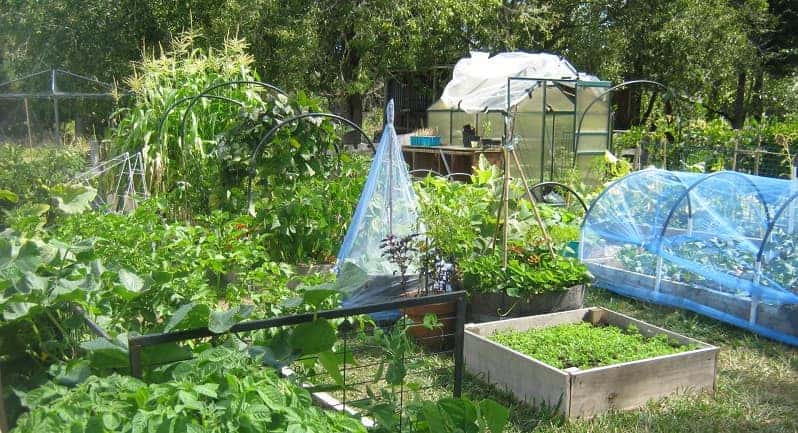
If you don’t have a garden yet, I recommend you start immediately.
Even if your garden is just in buckets on your apartment balcony, do it!
Why is it so essential to start gardening now?
Because there is a pretty steep learning curve with gardening, you might be able to grow perfect tomatoes when the weather and conditions are perfect – but what if your crop gets affected by blight or pests?
Learn gardening now before SHTF.
Gardening is far from the perfect off-grid survival food system.
It depends on factors like climate, water availability, and soil conditions. You need lots of space to produce enough food to be self-sustainable with a garden (a lot can be done with just a small plot of land, but, again, there is a learning curve here).
There is also the issue of time. While waiting for your crops to mature, they are vulnerable to theft.
Unless you live in a climate where you can grow food all year round, you’ll need to learn some food preservation methods. With pressure canning and lacto-fermentation, you can have tasty fruits and veggies from your off-grid garden all year round.
Tips:
- Start stockpiling survival seeds now!
- Build a greenhouse with an off-grid heating method, and you’ll be able to produce food all year round.
Hydroponics
Hydroponics is another great off-grid survival food system. It is preferable to gardening in some situations, such as when you need to grow indoors to hide your food or don’t have access to uncontaminated soil.
The caveat here is that hydroponics systems rely on pumps. You’ll also probably need to light your hydroponics system. Both of these things require electricity.
Luckily, it is only a small amount of electricity and can be easily produced with a DIY solar system.
Rearing Animals
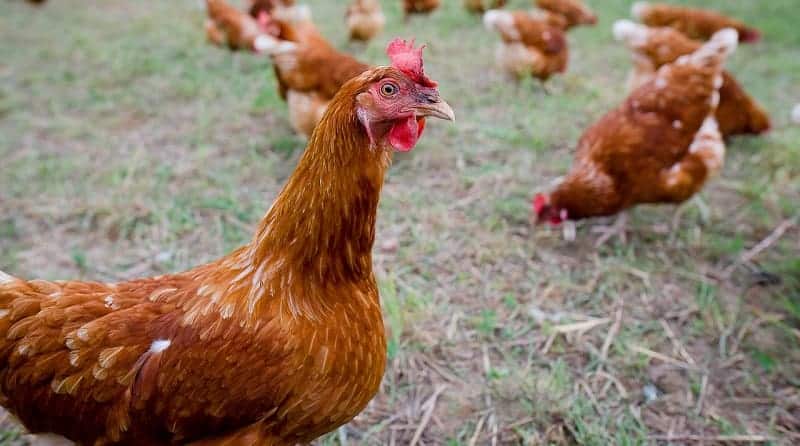
For everyday self-sustainability, raising animals like cows, sheep, and pigs are excellent food sources for those who don’t want to depend on the food system. However, these large animals are bad choices for survival food.
How long do you think it will take before the hungry masses come and slaughter your cows? And, if you need to flee, will you take your pigs with you?
A much better option for off-grid food is to raise small animals.
A lot of survivalists already have their own backyard chickens. In a SHTF situation where you must flee, you could crate up a few chickens and a rooster and take them to your Bug Out Location.
Chickens are easy to raise, and you can even use leaves to make their bedding, which they will turn into compost. Chicken poop can also be used as compost.
Another good survival food option is raising rabbits since they breed so quickly.
Aquaponics
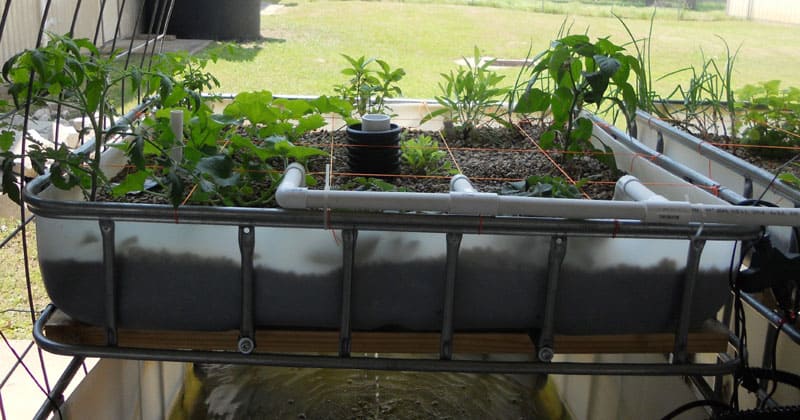
Aquaponics is quickly becoming the most popular self-sustainable survival food system and for a good reason. It is straightforward to set up and provides both plant food and fish to eat, thus meeting your nutritional needs even in a SHTF situation.
Other pros of this survival food system are that it can be done indoors or outdoors.
An aquaponics system involves a fish tank and a hydroponic garden bed. The waste from the fish is pumped into the garden, providing the plants with nutrients to grow. The plants, in turn, purify the water. It is a truly self-sustainable food system!
Recommended Reading: Complete Guide to DIY Aquaponics and Aquaponic Gardening
Even though aquaponics systems are easy to set up, they are a bit complicated. I’d recommend getting started with aquaponics ASAP so you can master the system before SHFT.
Insect Farming
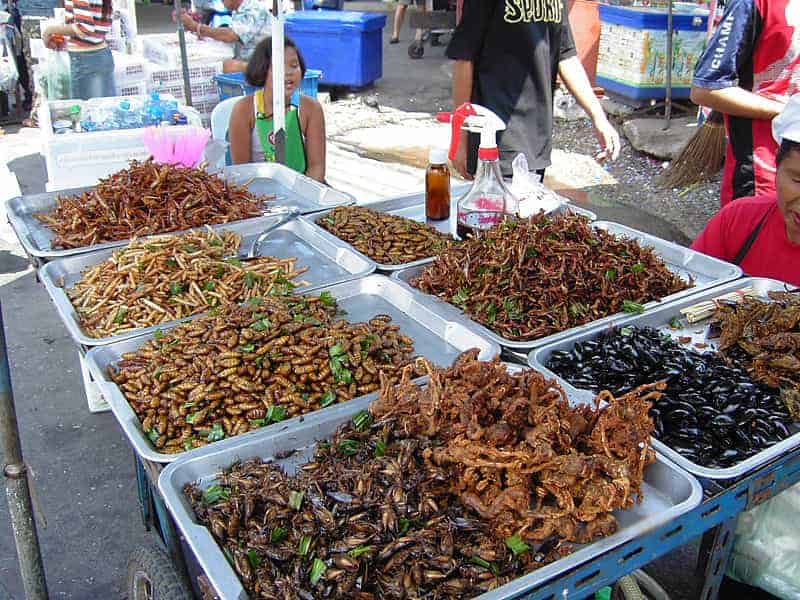
I’ve talked about eating bugs for survival here before. Once you get over the initial yuck factor, you realize some bugs taste good.
I’d highly recommend raising insects as an off-grid food option. In anticipation of a global food crisis, the United Nations even has a campaign called “Insects to Feed the World” to get people in Western countries to eat insects.
They note that it is common to eat insects in many parts of the world and that insects are a great source of protein, healthy fats, and many other nutrients.
There are all sorts of things you can do with insects.
- Crickets can be made into flour.
- Pan-fried ants taste fantastic.
- Some insects can even be used medicinally.
If you raise bees, the honey will be the best natural cold remedy in a SHTF situation. And let’s not forget that maggots can clean infected tissue from wounds!
No One Food System is Perfect for Survival…
I want to emphasize that these off-grid food systems have strengths and weaknesses. Not one of them is perfect for every SHTF situation.
Since we can’t predict what will happen in the aftermath of a disaster, we shouldn’t rely on just one food system. You’ve got to implement multiple food systems in case one fails.
Get started ASAP! Some of these off-grid survival food methods have a high learning curve. You don’t want to wait until SHTF to figure them out!
What survival food system do you have in place? Let us know in the comments.

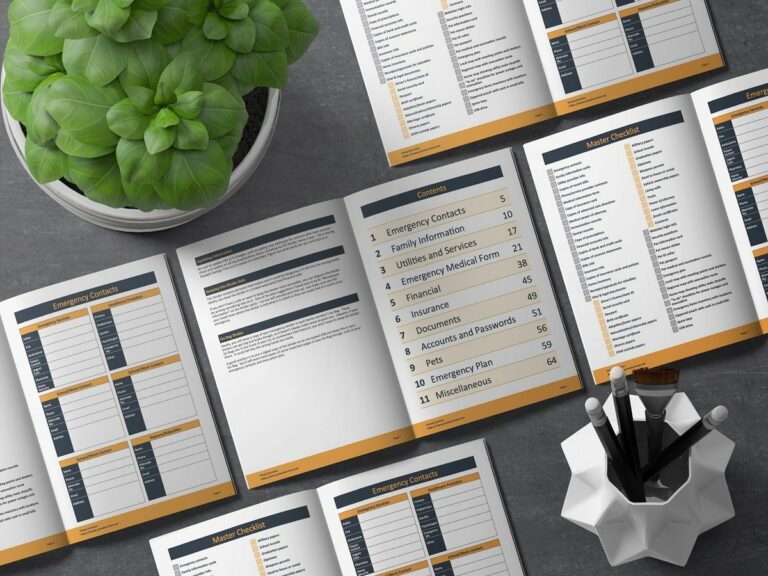

Another one: wild edibles!
It takes a bit of learning but with the knowledge of even a few safe-to-eat plants in your neighbourhood you can go a long way! And spotting or collecting wild edibles gives you something interesting to do on your walks.
Learn what is good (and what you like) to eat, but also learn to recognise the toxic plants so as to avoid confusion and stay safe. Discover when and where things grow, try out some new recipes (with the edible ones, please!), teach your loved ones, and enjoy! Our ancestors have done this for ages and so can we.
Take care though to Never take more than a quarter of a group of plants: if you’re greedy there won’t be any more next time!
Left out of discussions around hydroponics or aquaponics is Spirulina culture. This blue green algae is 55%+ protein with carotinoids and vitamins on top. It is very easy to grow, and a great food for chickens, fish and humans.
Sounds interesting Philippe, will definitely check that out.